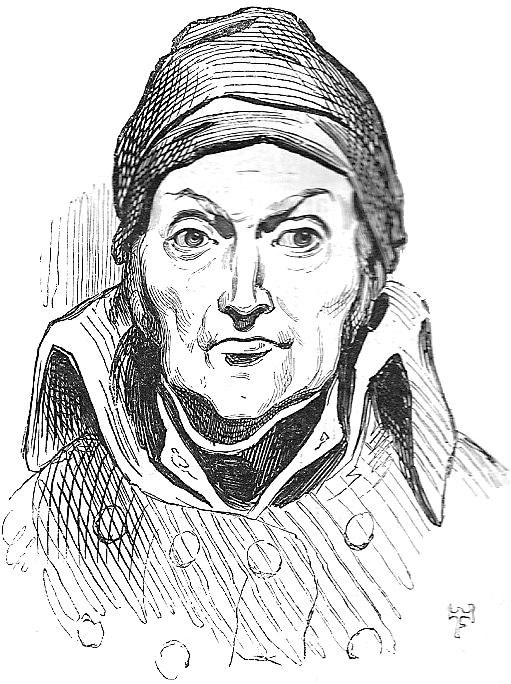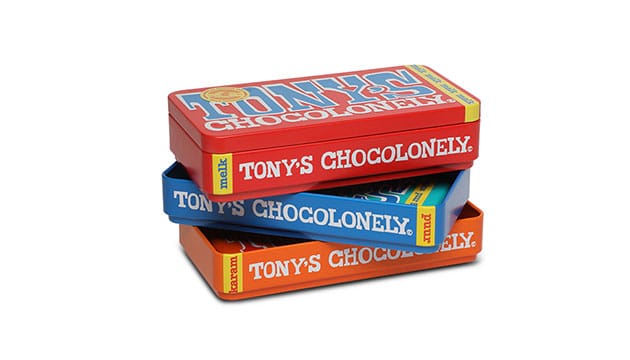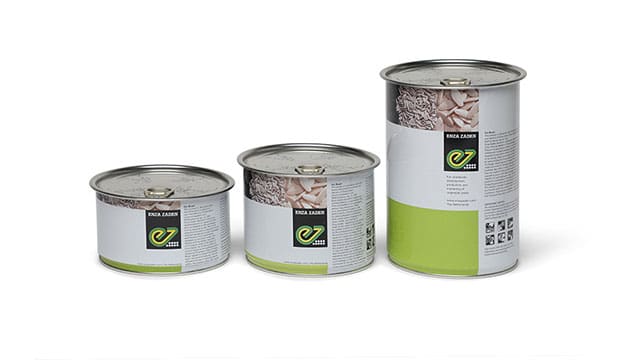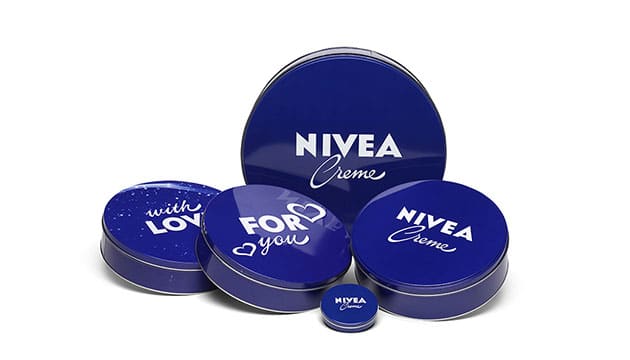Who invented cans made of tinplate?
Napoleon praised a cash prize of 12,000 francs in 1795 for those who would invent something to keep food longer. He initially had a military goal in mind, because his soldiers also had to get good food during long campaigns and in difficult circumstances. The prize was only awarded in 1809 to the French chef Nicholas François Appert. He had invented a method for packaging cooked vegetables airtight and bacteria-free in glass jars. That was cleverly conceived, but the invention had a downside – or should we say breakpoint? The glass jars were not very useful for soldiers on campaign.

The French chef Nicolas Appert
Nevertheless, the invention was labeled by the French as a military secret. However, it quickly leaked out to the British. In 1810, the Englishman applied for a Peter Durance – what’s in a name – patent on a method for packaging sterilized canned vegetables. Partly because of this, the English won the famous Battle of Waterloo five years later. Their soldiers were fed there, canned rations.
In 1860, canned food was common use. By applying special varnish types, corrosion phenomena could be avoided and the tin layer thickness, the tin iron alloy layer thickness and structure no longer determined the storage time.


